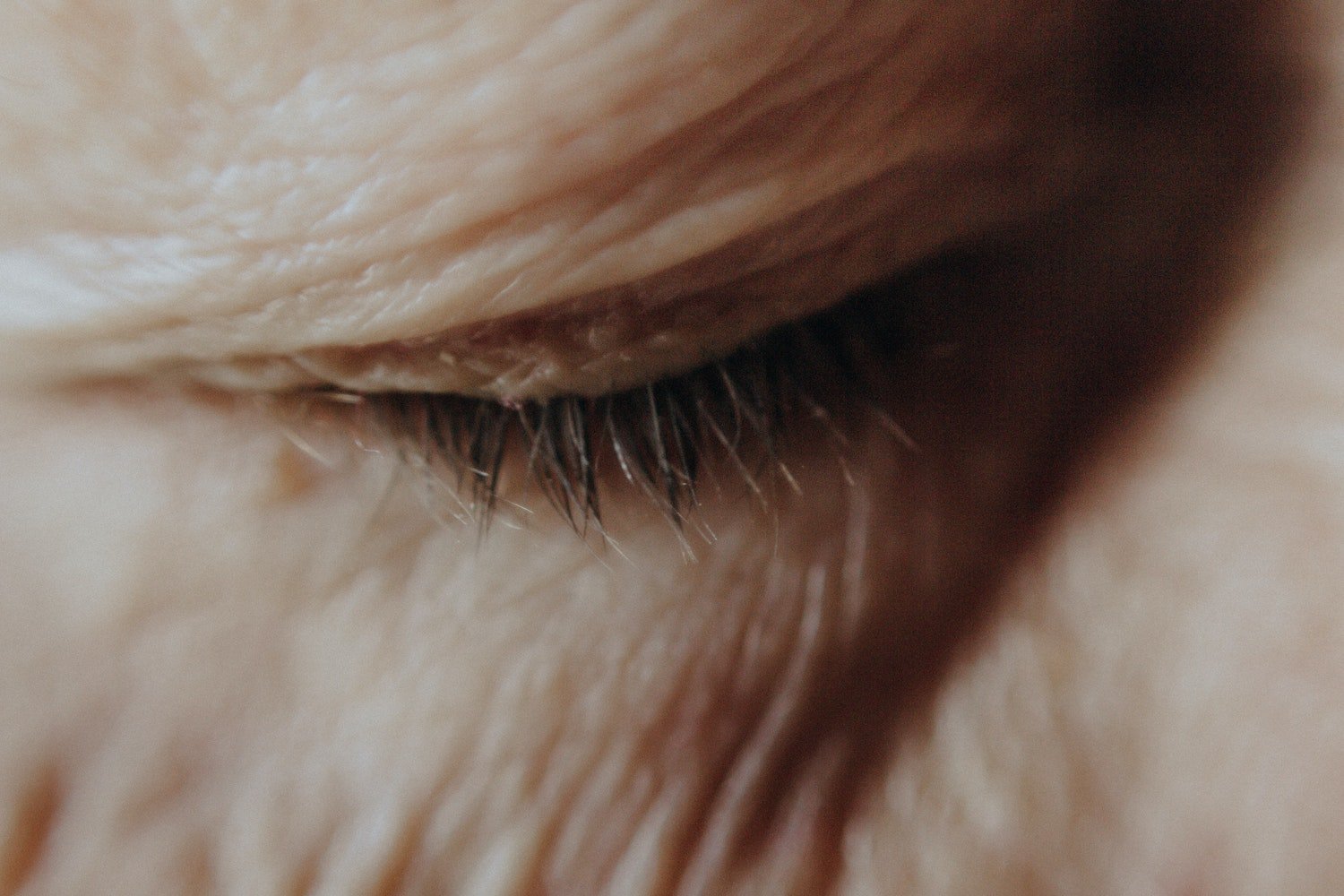
UPPER EYELID LIFT + LOWER EYELID SURGERY
Blepharoplasty surgery tailored in the right way can give you natural results and leave you feeling younger and refreshed.
What is a Blepharoplasty?
An upper eyelid blepharoplasty, also known as an upper eyelid lift, is an operation to remove excess eyelid tissue from the upper eyelid. The excess tissue is commonly skin (dermatochalasis), however muscle and fat may be additionally removed.
Lower eyelid blepharoplasty aims to rejuvenate the appearance of the lower eyelids. It is typically performed to address various aesthetic concerns, such as under-eye bags, puffiness, loose or sagging skin, and wrinkles around the lower eyelid area. The surgery needs to be carefully tailored to the patient.
Why have an Upper Eyelid Blepharoplasty?
The excess skin can overhang the eyelids, resulting in a tired and “hooded” look. It can block the upper vision and cause a heavy and tired sensation. Excess skin most commonly occurs with ageing but the trait may run in families and affect younger age groups. It is sometimes associated with ptosis (droopy eyelid), which can be addressed at the same time. Sometimes, the brow descends with age and can contribute to upper eyelid hooding. In some cases, this brow descent may need to be addressed with a brow lift and I will discuss your needs on an individual basis.
How is it performed?
The surgery usually takes place under local anaesthetic (injections to numb the eyelid skin) in the operating suite. The skin to be removed is marked and the incision is made in the natural crease of your upper eyelid. A safe amount of excess skin is removed and, through the same incision, fat can be removed if indicated. The skin incision is closed with sutures that are usually removed one week after surgery. The eyelid scars fade with time and are normally barely visible after some months.
Why have a Lower Eyelid Blepharoplasty?
The surgery can address the tired and heavy appearance of lower eyelid bags, puffiness and loose skin. It can help restore the relationship between the eyelid and the cheek giving a more youthful appearance.
How is it performed?
The surgery is usually performed under sedation or general anaesthetic. An incision is made either just below the lower lash line or inside the lower eyelid. The exact technique used will depend on your specific needs and goals. Through this incision, excess fat, muscle, and skin may be removed or repositioned to achieve a more youthful and refreshed appearance.
Blepharoplasty FAQs
-
At your consultation, I will discuss your individual needs and the results you hope to achieve. I will examine your eyelids and face and take some measurements and photographs. It can be helpful if you have old photographs as well.
I offer a bespoke, tailored service and treatment will be offered on this basis. I will go through the risks and benefits of any proposed procedure.
A clinic letter and/or pre-care document will be sent to you after the clinic visit and, once you have read all the information, you can decide how you wish to proceed.
-
Medications such as aspirin, clopidrogel and warfarin can make bleeding more likely during and after surgery. If you are taking these drugs, please tell us and we can advise you whether to continue them.
It is advisable to stop anti-inflammatory drugs like ibuprofen, fish oil, ginger, ginseng and garlic-containing supplements, two weeks before surgery.
If you smoke, we would recommend you stop smoking for at least three weeks prior and two weeks after surgery, as smoking impairs wound healing and increases the risk of infection.
Avoid alcohol intake in the days before and after surgery.
On the day of surgery, please dress casually and wear a top which buttons at the front. Please wash your face on the morning of surgery and ideally men should shave. Do not wear any makeup, jewellery or contact lenses.
-
The eyes are not usually padded. Cold compresses are applied almost immediately and are continued for five days. The wound may have steristrips applied to it over the sutures.
You will be given antibiotic ointment and/or lubricant drops to use and a follow up clinic appointment will be arranged about a week later for the sutures to be removed.
You will be given a more detailed post-care document with guidance for the post-operative period.
-
For upper eyelid surgery you will usually need about one week off work. Try to avoid driving for a few days after the operation.
For lower eyelid surgery the recovery is longer at about two to three weeks and you should take two weeks off work.
The eyelids will be bruised and swollen. Bruising will take up to two weeks to settle. Swelling is greatly reduced after two weeks but may not completely resolve for three months.
-
Blepharoplasty is generally a safe and effective aesthetic treatment. Like any surgical procedure there are risks albeit low.
In all patients bruising and swelling is expected which is not permanent and will subside after several days or weeks. Watery or dry eyes and temporary blurred vision are also common for some weeks after the procedure.
A detailed discussion of all the possible risks and complications is made at the preoperative consultation. We will provide you with detailed written information summarising these discussions as part of the consent process.
If you’d like to ask more questions, please book a consultation here.

